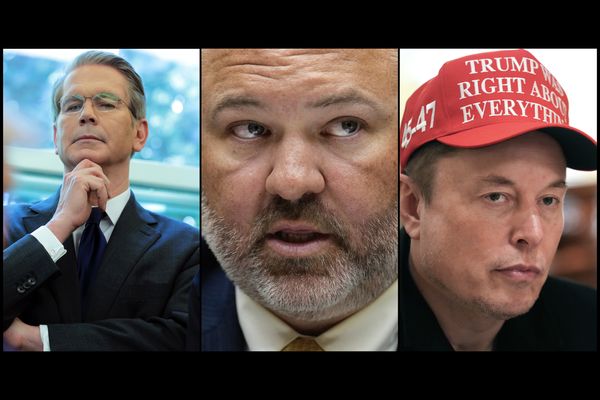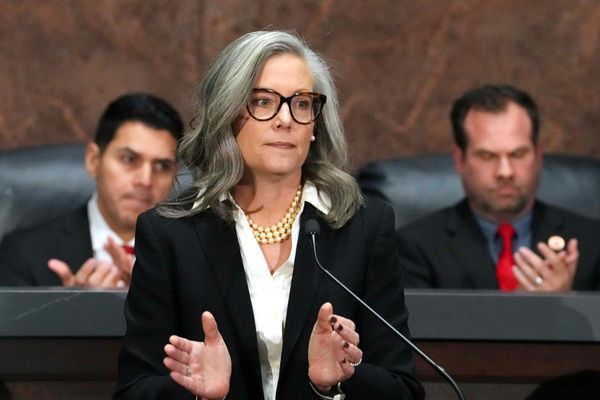
Indian NSA Ajit Doval met counterparts from Kazakhstan, Kyrgyzstan, Tajikistan and Uzbekistan while Turkmenistan was represented by its ambassador in New Delhi. The meeting needs to be appreciated for India’s willingness to focus on a region hitherto neglected in its foreign policy despite proximity. The meeting was also particularly important given that Central Asia is now sandwiched between two kinds of ongoing conflicts — the conventional Russia-Ukraine conflict on the one side and the longstanding scourge of terrorism on the other.
You might also like
‘World is looking at India as destination for investment’
Chargebee’s backers eye exit at $1.5 bn valuation
Why easing inflation can’t offer relief, yet
What the Colgate stock needs for sharp upsides
While the meeting discussed a whole gamut of issues and initiatives by member states, such as disease control and biosafety, climate change, border security and management, and connectivity, the major focus unsurprisingly was on “the challenges of terrorism, extremism and radicalisation in the region" including especially the possibility that Afghanistan could be used as a source of terror attacks on other countries. The meeting particularly highlighted “terrorist propaganda, recruitment and fundraising efforts" as well as the “misuse of new and emerging technologies" as carrying serious implications for the region.
India managed to reference China only obliquely stating, “connectivity initiatives" had to be “based on the principles of transparency, broad participation, local priorities, financial sustainability and respect for sovereignty and territorial integrity of all countries". As cogent an articulation as this is of China’s Belt and Road Initiative (BRI), it is also getting old as India has little to show in terms of actual support for BRI host countries, including Central Asian ones, in ensuring they can better call to account Chinese projects.
Overall, the meeting in New Delhi could not avoid the strong impression that it had a single-point agenda on terrorism and that it could not take into account regional security challenges from China more thoroughly.
Contrast this with China’s efforts at its latest regional multilateral exercise in West Asia. Not only did Xi have a solid record of China’s initiatives in the region, including BRI projects, to highlight for his listeners, he also had new initiatives to promote such as the Global Development Initiative (GDI) and the Global Security Initiative (GSI).
While the GDI may be considered an extension of the BRI, the GSI suggests that the Chinese are embarking on a new stage of foreign policy after rolling out the BRI over the past decade. These initiatives both distract from the bad press the BRI has received but also create the impression that the Chinese are constantly agile and alert to both challenges and possibilities.
Consider the media outreach. The Chinese have blanketed their own press — and thus their domestic audience — certainly with news of these new initiatives and regional outreach but also promoted them in their partners through their embassy events and op-eds in local media. The amorphous nature of their initiatives or the lack of clarity as to the specifics do not hinder the Chinese from putting on a good show. Coverage and analysis in the Indian media of the meeting of the NSAs was limited by contrast, even if the event showcased specifics and talked about an issue so dear to the political establishment, namely terrorism.
If nothing else, the Chinese create the impression that they do not rest on their oars and are constantly searching for a leg up on rivals.
And given that this is the Arab world we are talking about, a region where the US has been traditionally dominant, these Chinese initiatives also suggest an active interest in challenging American dominance as well as using the latent hostility to the US both among the Arab political elites and the street to Beijing’s advantage.
The Chinese are increasingly less coy about naming and criticising the US that they view as their principal challenge and by actively confronting the US across the board in multiple sectors and in multiple regions have forced their partners and hosts in West Asia and elsewhere to listen carefully to Chinese views. Multilateral forums have now become sites of contestation between China and the US. Even if China still lags the US in actual capabilities, the messaging portrays China as the near-equal of the US.
By contrast, India’s inability to challenge China even when its own national interests are visibly at stake — along the Line of Actual Control, for example — causes India’s partners to take India’s protestations or references to China less seriously. India’s multilateral efforts, already late getting off the blocks, are thus hobbled still further.
Elsewhere in Mint
In Opinion, Sonal Varma & Aurodeep Nandi say the economy could be ripe for recovery only in 2024-25. Dilip Cherian tells why BharatPe’s move is good for the startup ecosystem. Allison Schrager writes on the perils of the online superstar culture. Long Story reveals the fault in IMDb’s stars.







